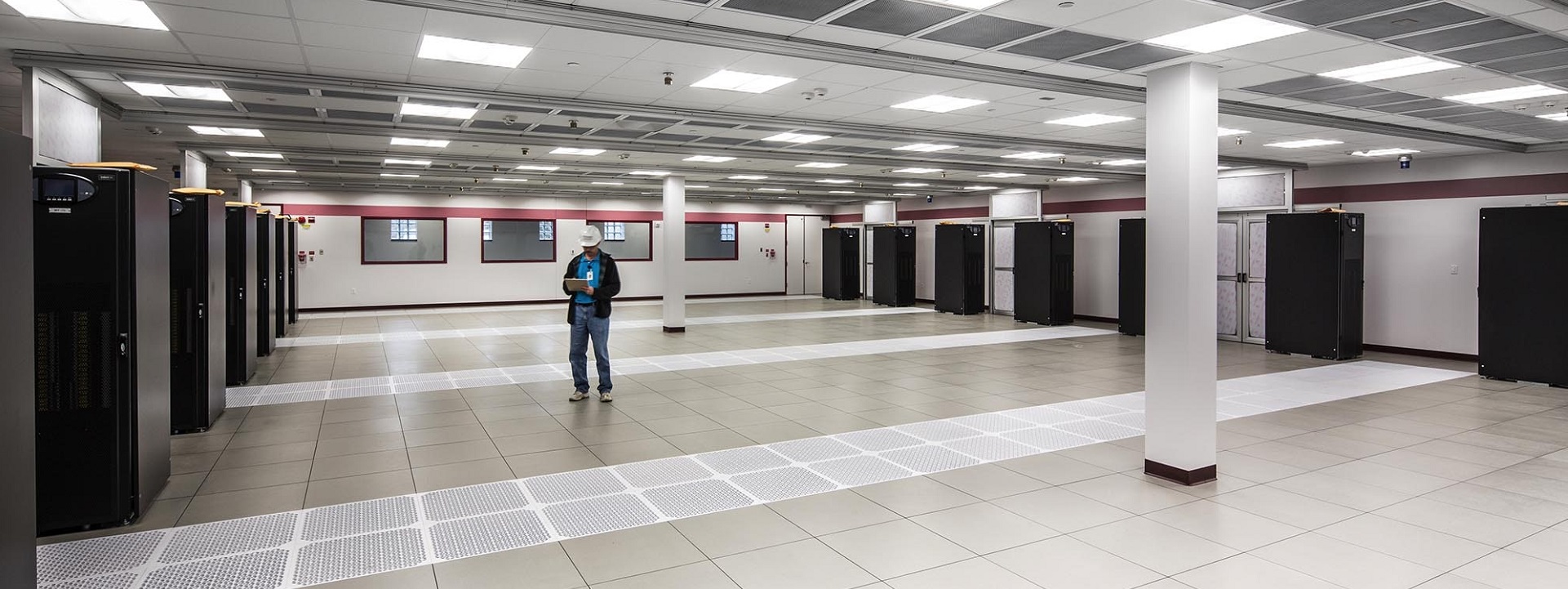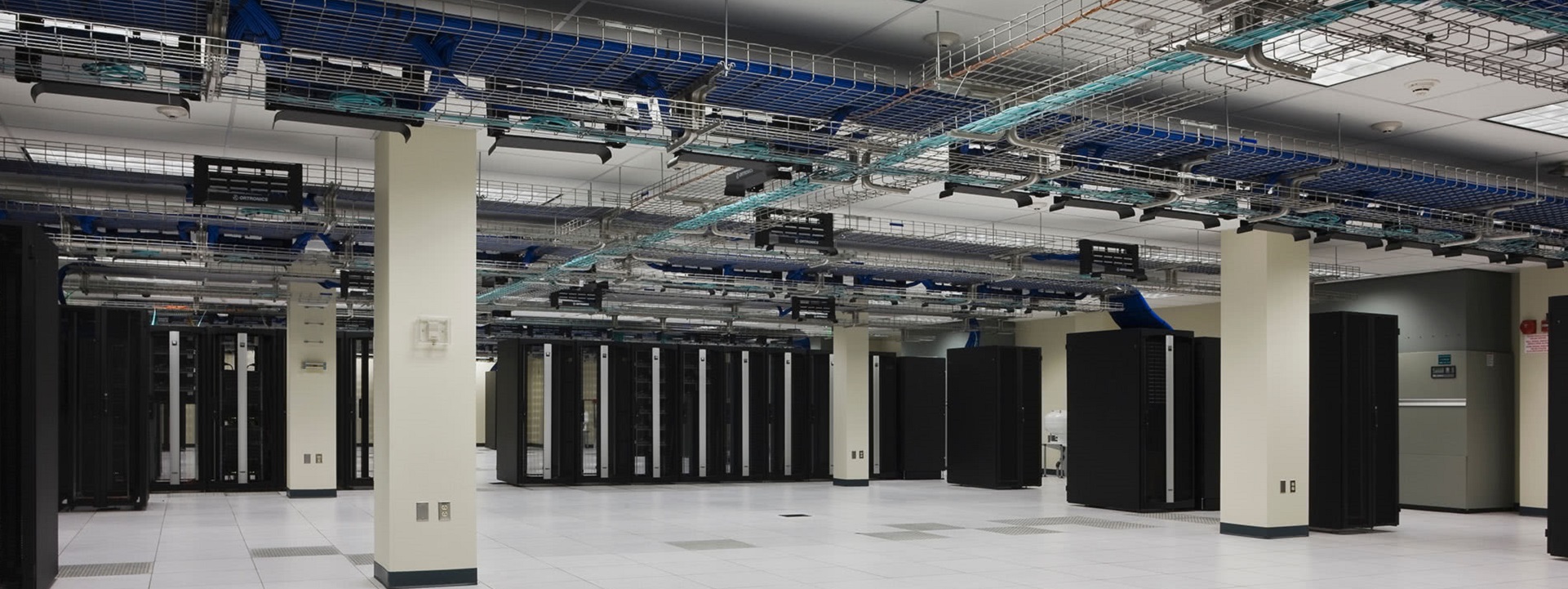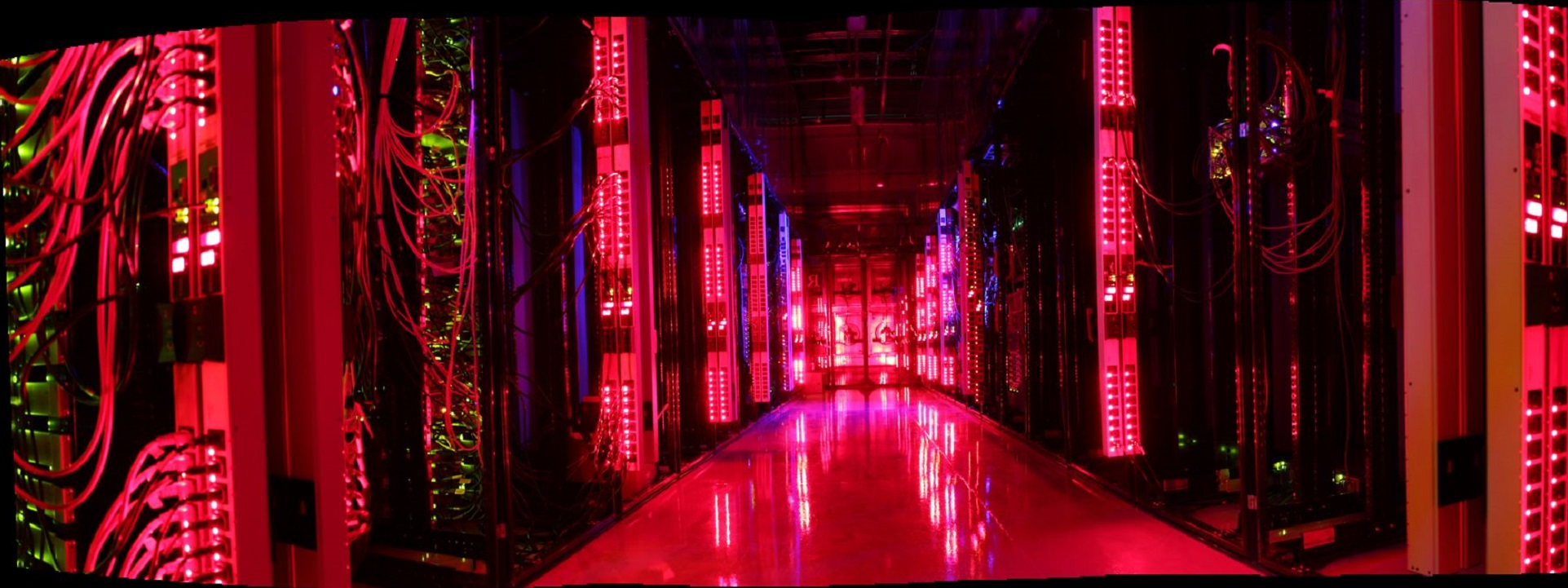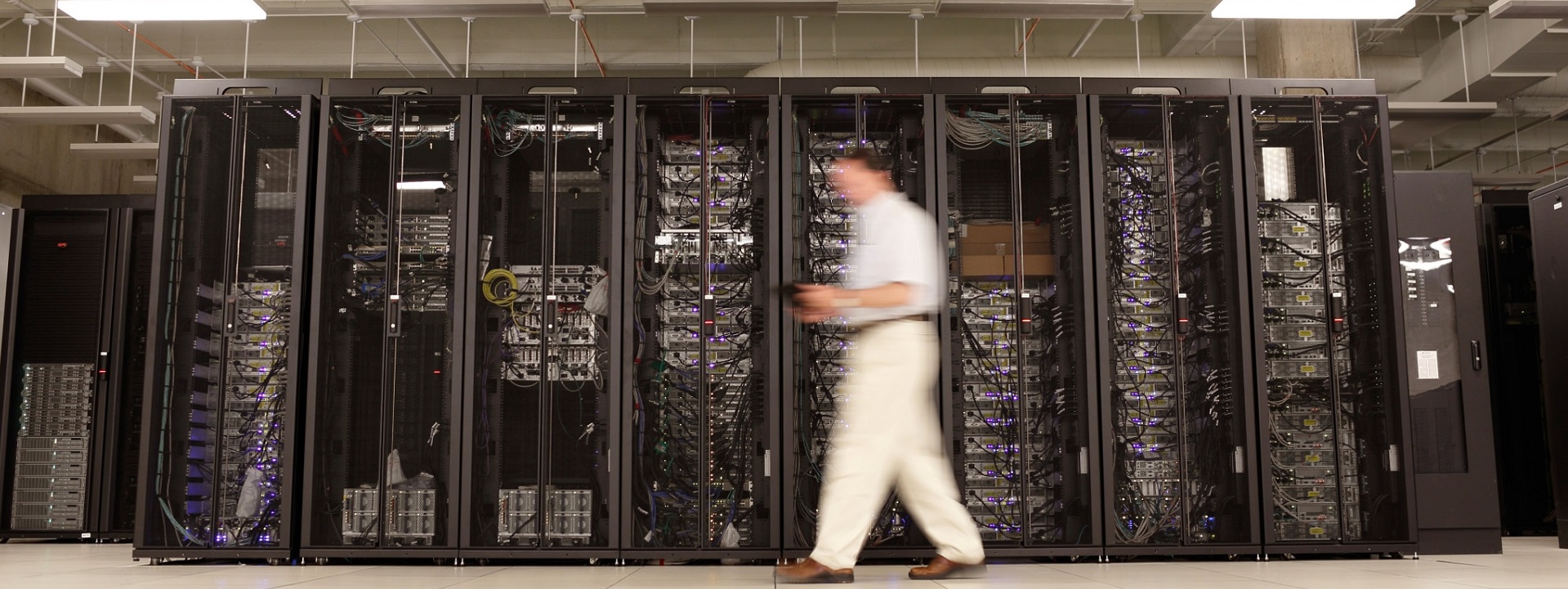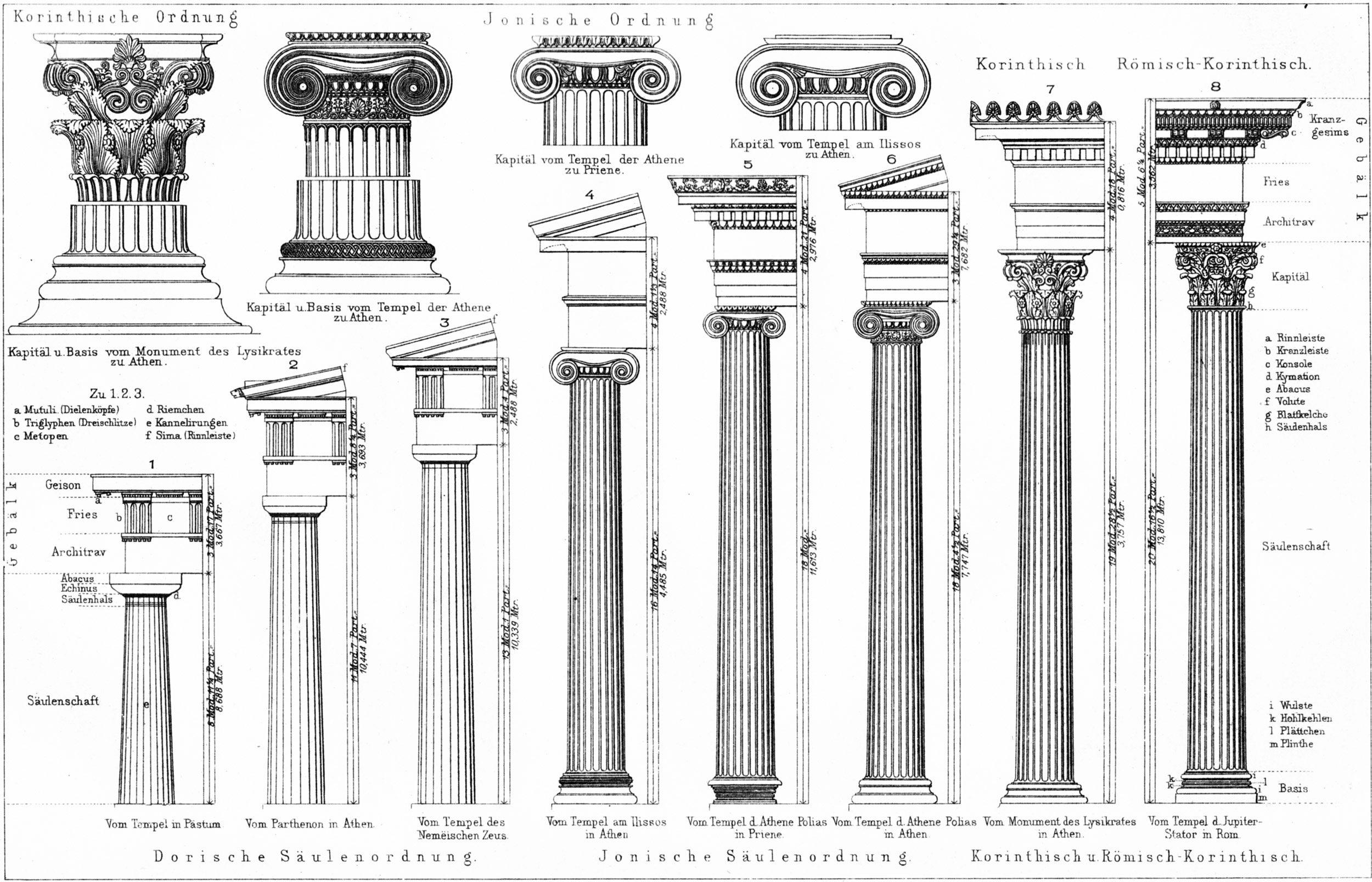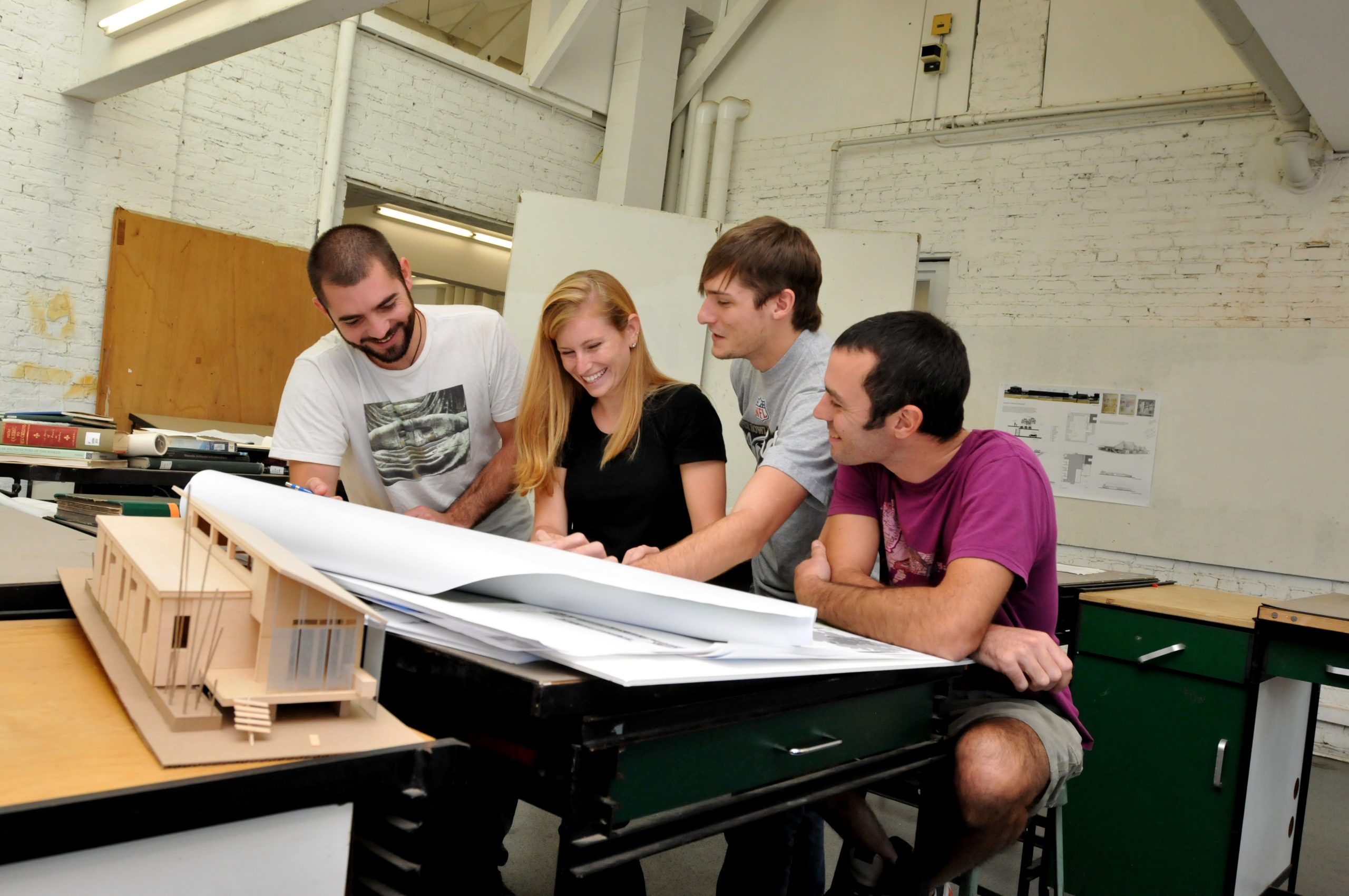The bookwheel, also known as a revolving bookcase, was invented by an Italian scholar and polymath named Agostino Ramelli. Ramelli was born in 1531 in Ponte Tresa, a town in present-day Italy, and he lived during the Renaissance period.
Ramelli’s invention, described in his work titled “Le diverse et artificiose machine del capitano Agostino Ramelli” (The Various and Ingenious Machines of Captain Agostino Ramelli), was published in 1588. This book showcased a collection of 195 mechanical devices.
Ramelli’s work contributed to the growing interest in mechanical inventions during the Renaissance period. His bookwheel design remains a fascinating example of early engineering and ingenuity, highlighting the desire for knowledge and practical solutions in the pursuit of learning and scholarly endeavors.
2026 NEC Articles 645-646-647 Information Technology Equipment, et. al First Draft Report
2026 NEC Articles 645-646-647 Information Technology Equipment, et. al Second Draft Report
The standard of care for wiring safety for data centers — a continually expanding presence in education communities even before the pandemic — is established in National Electrical Code Articles 645 (Information Technology Equipment), Article 646 (Modular Data Centers) and Article 647 (Sensitive Electronic Equipment). You will notice that these articles cover the topic comprehensively and bear the imprint of competing Producer-Interest groups. There are no User-Interest representatives on Code-Making Panel 12 that represent the final fiduciary in education communities even though education communities are one of the largest markets for information and communication technology systems.
The current version of NFPA 70 is linked below:
Transcripts of technical committee action during the 2026 revision (CMP-16) are linked below because they will inform our recommendations for the 2026 National Electrical Code. Keep in mind that the Technical Correlating Committee is moving content around the Code in order to make the NEC easier to use by experts.
CMP-16 First Draft Report | Public Input with Committee Response
The transcripts of technical committee action during the 2023 revision are linked below because they will inform our recommendations for the 2026 National Electrical Code.
Code‐Making Panel 12 Public Input Report
Code-Making Panel 12 Public Comment Report
We will use these in our exploration of what we might propose for improvements in the 2026 revision. Public comment on the First Draft of the 2026 Edition will be received until August 28th.
The issues that have been in play in these articles of the NEC are familiar to veterans of the “food fight” – occupancy classification, cable specifications, fire protection, ventilation, energy consumption, surge protection, licensing of engineers. etc. We look for market-making excesses by opposing stakeholders that seek to limit their risk while raising the (financial) risk to education communities.
We encourage our colleagues to participate in the NFPA code development process directly. We also encourage stakeholders in education communities — students, faculty and staff to join us during any of the teleconferences we co-host with the IEEE Education & Healthcare Facilities Committee 4 times monthly in both European and American time zones. See our CALENDAR for the next online meeting.
NFPA 75: Standard for the Fire Protection of Information Technology Equipment
2024 International Building Code: Special Detailed Requirements Based on Occupancy and Use
2024 International Building Code: Section 304.1 Business Group B




